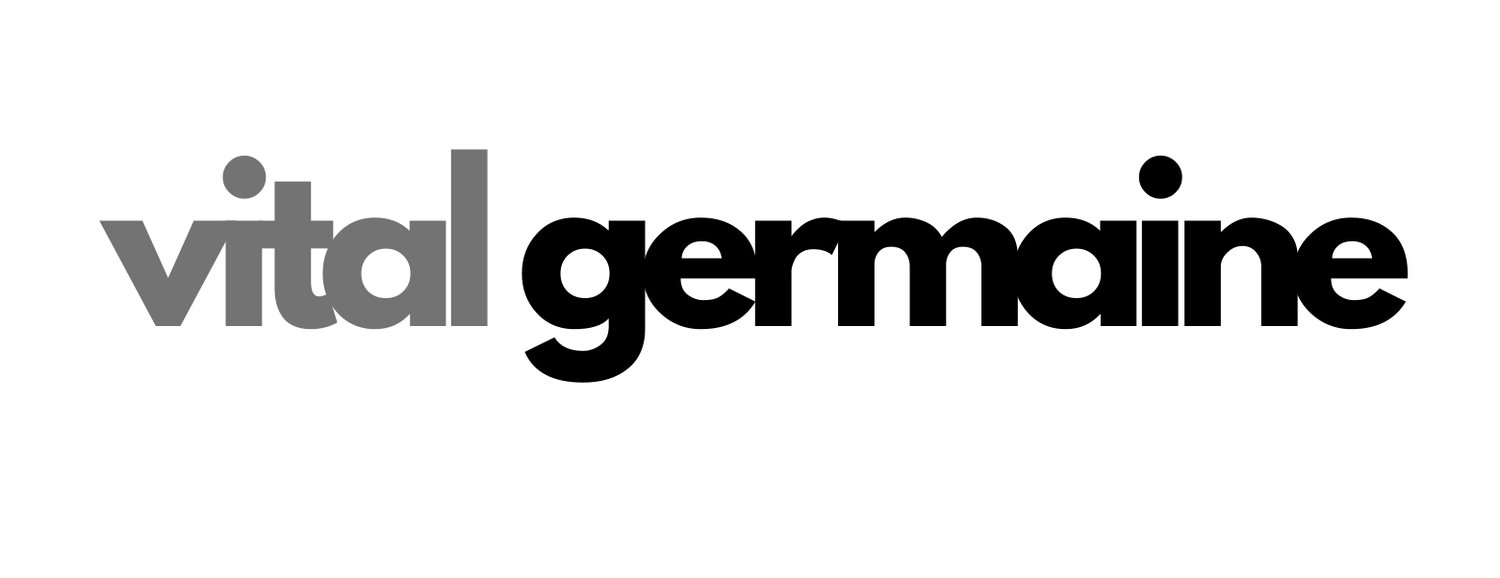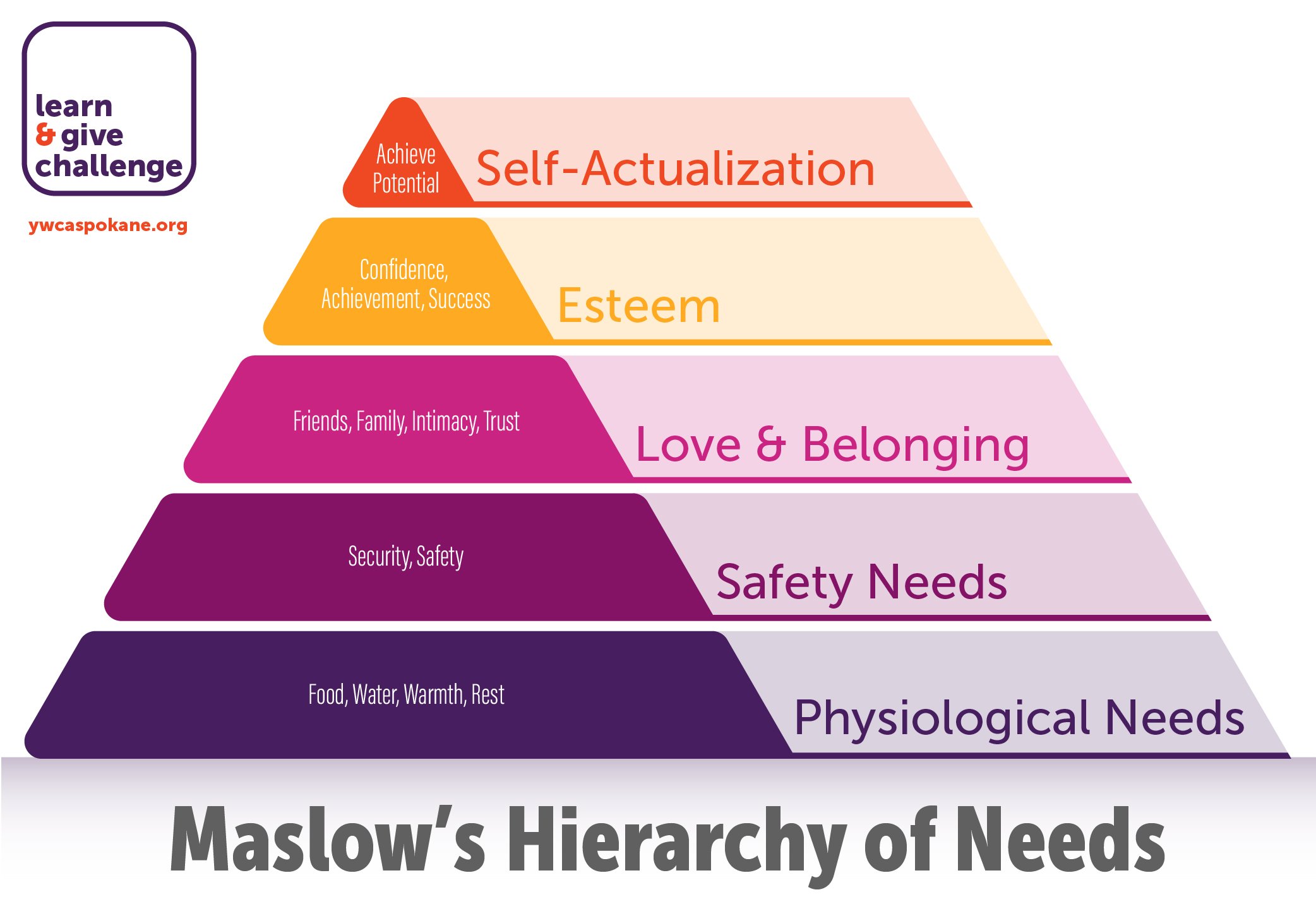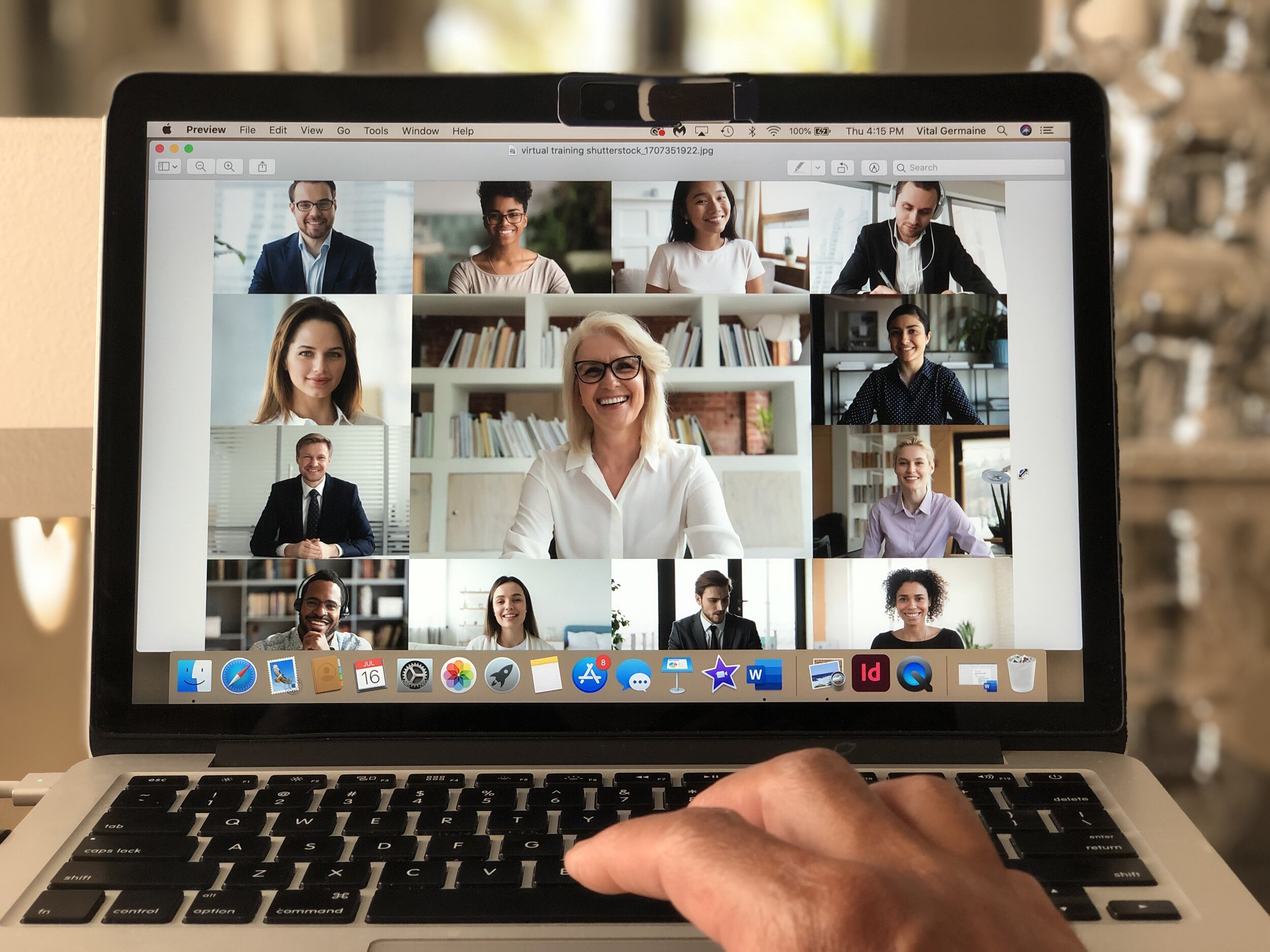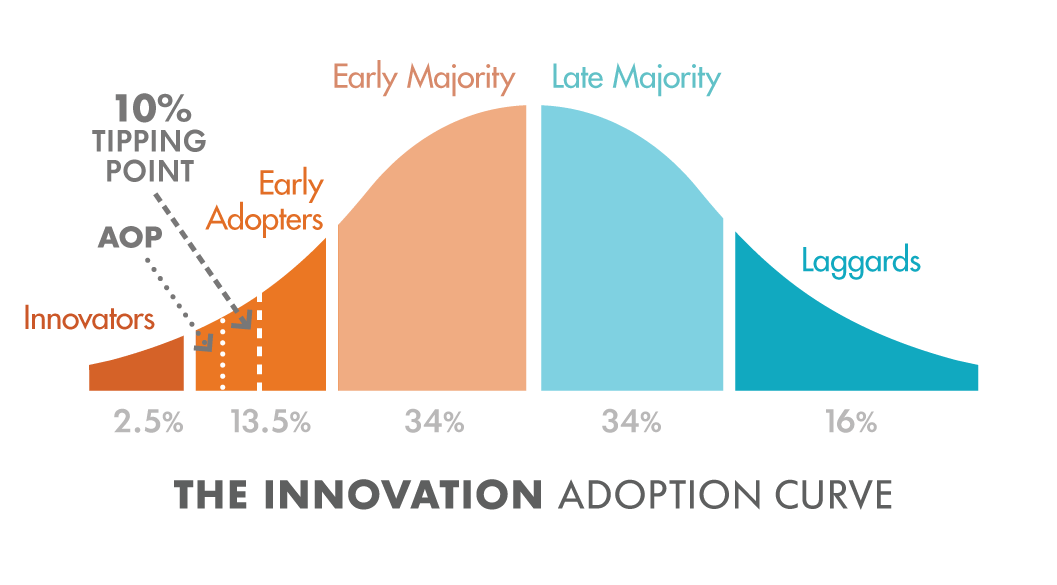EMPATHY; how well do we really understand its concept and execution?
/For the most part, people have a general understanding of empathy. Some confuse it with sympathy. There is somewhat of an overlap between the two, though the difference in meaning is beyond a nuance or a synonym. The difference is in fact substantial.
Too often, we think we are being empathetic or that we have empathy… but we don’t. We are simply comparing our perspective and understanding to theirs with a sympathetic heart; not empathy. It’s not as simple as putting yourself in another persons shoes. Why?
There are numerous factors to consider.
It depends how you wear that other person’s shoe… not all shoes are the same and can therefore not always be compared. Often times comparison is what we do. The downside to that is if we compare, and that same or similar incident left us feeling indifferent, then it’s very hard to feel the other’s pain. So, we really must step into their shoes and not only understand what they are experiencing, but leave our own emotions out of the equation.
If they are feeling pain or grief for something that we find trivial, then we can’t offer empathy. However, we probably know what pain grief feels like. So it’s a question of focusing on the emotion rather than the incident and what THEY are feeling.
It takes a great ability to focus on only THEM to grasp what they have experienced compared to what you are experiencing. You may think that you could easily walk a mile in their shoes with no issues, and you might be right, but you are not them. It’s not about what you experience, your opinion or perspective. True empathy makes it ALL about THEM. And that’s the hard part why most of us fail when it comes to true empathy. And therein lies one of the main reasons for human disconnect; the inability to practice or execute true empathy because we lack the ability to completely eliminate our personal opinions, our perspectives, and personal experiences from the equation. Now begs the question, is empathy then possible? I believe so, with lots of work on the emotional intelligence front.
Who merits your empathy
Giving empathy or being empathetic can be emotionally draining. You may have heard about the social struggles of empaths who easily get depleted in social settings because they feel too much and absorb external energy.
When extending empathy, protect your energy and emotional wellness by setting boundaries with the person in search of understanding. Set boundaries for yourself, too… how much can you give, how long can you listen before it becomes detrimental to you.
Prolonged empathy can become toxic; you become a potential enabler, or you inspire trauma bonding which isn’t really a win-win scenario. Know your limits. Everything in moderation.
Who is the giver and receiver of empathy
I don’t know if there is a scientific equation to determine who is the giver and receiver. My recommendation is to offer empathy to anybody you feel needs it, or anybody who is asking for it, provided you are in a strong enough emotional state to give a part of your heart and mind to that person. Empathy is giving which can drain. It’s usually the person in a position of confidence, emotional and mental fortitude who cares, who can, should and will extend empathy. In healthy relationships the role will often change; give and take as needed.
GOING DEEPER
We must be more aware and analytical of our behaviors, and levels of listening and understanding to pains and burdens which are not ours. Because once it becomes about us in the slightest, it is no longer empathy, but rather a comparison disguised with the mask of sympathy. That is not empathy.
As a society, we must dig much deeper into the meaning and objective of true empathy. There are in fact 3 types of empathy:
Cognitive empathy: the ability to understand how a person feels and what they might be thinking. Cognitive empathy improves our communication skills, because we become sensitive and aware of how we can best reach and connect to another person.
Emotional empathy (affective empathy) is the ability to share the feelings of another person. Think of it as "your pain in my heart." If their pain is in your heart, you have probably built a very strong, secure and deep connection with that person. Well played.
Compassionate empathy (empathic concern) this is more about taking action than just feeling.
Ultimately, empathy is always all about them.
We can do this.
Sincerely
Vital Germaine




















































